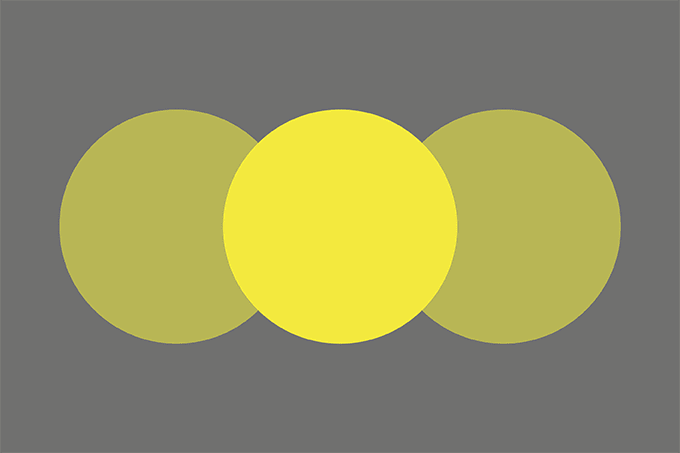A Spanish team have developed an HIV test that can detect the viral capsid protein p24 at ultra-low concentrations in human plasma (1). Current HIV diagnostics are based on nucleic testing (NAT) or immunoassays. However, the sensitivity of the tests means that they can usually only detect the virus after it has been replicating for 2-4 weeks.
The new biosensor has a limit of detection of 10−5 pg/mL – equivalent to detecting one virion in 10 mL of plasma. That’s five orders of magnitude better than the best immunoassay, and two orders of magnitude better than NAT, allowing detection within a week of infection. What’s more, the results are ready in under five hours – a record for HIV testing. “The prompt identification of individuals during the highly infectious acute or early stage of HIV infection has implications for both patient management and public health interventions,” says Priscila Monteiro from Instituto de Microelectrónica de Madrid, Spain. Not least because the concentration of virus in plasma and genital secretions is extremely high during the first few weeks of infection. Inside the rice grain-sized sensor, gold nanoparticles bind to the p24 protein. “Gold nanoparticles act as mass and plasmonic labels; the two signatures are detected by means of the microcantilever that serves as mechanical resonator for ‘weighing’ the mass of the captured nanoparticles and as an optical cavity that boosts the plasmonic signal from the nanoparticles,” says Monteiro.
The team hope that the device will be particularly valuable in developing countries, which carry the highest burden of HIV. In this setting, cost is paramount. “Right now, if we count the cost of the device (microcantilever array) and all the chemicals, the cost of the sensor is high,” admits Monteiro. However, the components to construct the equipment can be fabricated en masse and at low cost, and Monteiro estimates that the device could one day be manufactured in bulk for less than 1 Euro: “Our nanosensor has the potential to become a cheap and user-friendly technology suitable for resource-limited settings in the future.” Moving the sensor into the clinic will be a long road, but the team are committed. “Getting treatment early will help people with HIV enjoy a longer life, and substantially reduce the risk of transmission to uninfected people,” says Monteiro.
References
- PM Kosnmjaka et al., “Ultrasensitive detection of HIV-1 p24 antigen by a hybrid nanomechanical-optoplasmonic platform with potential for detecting HIV-1 at first week after infection” PLoS One, 12, e0171899 (2017).



